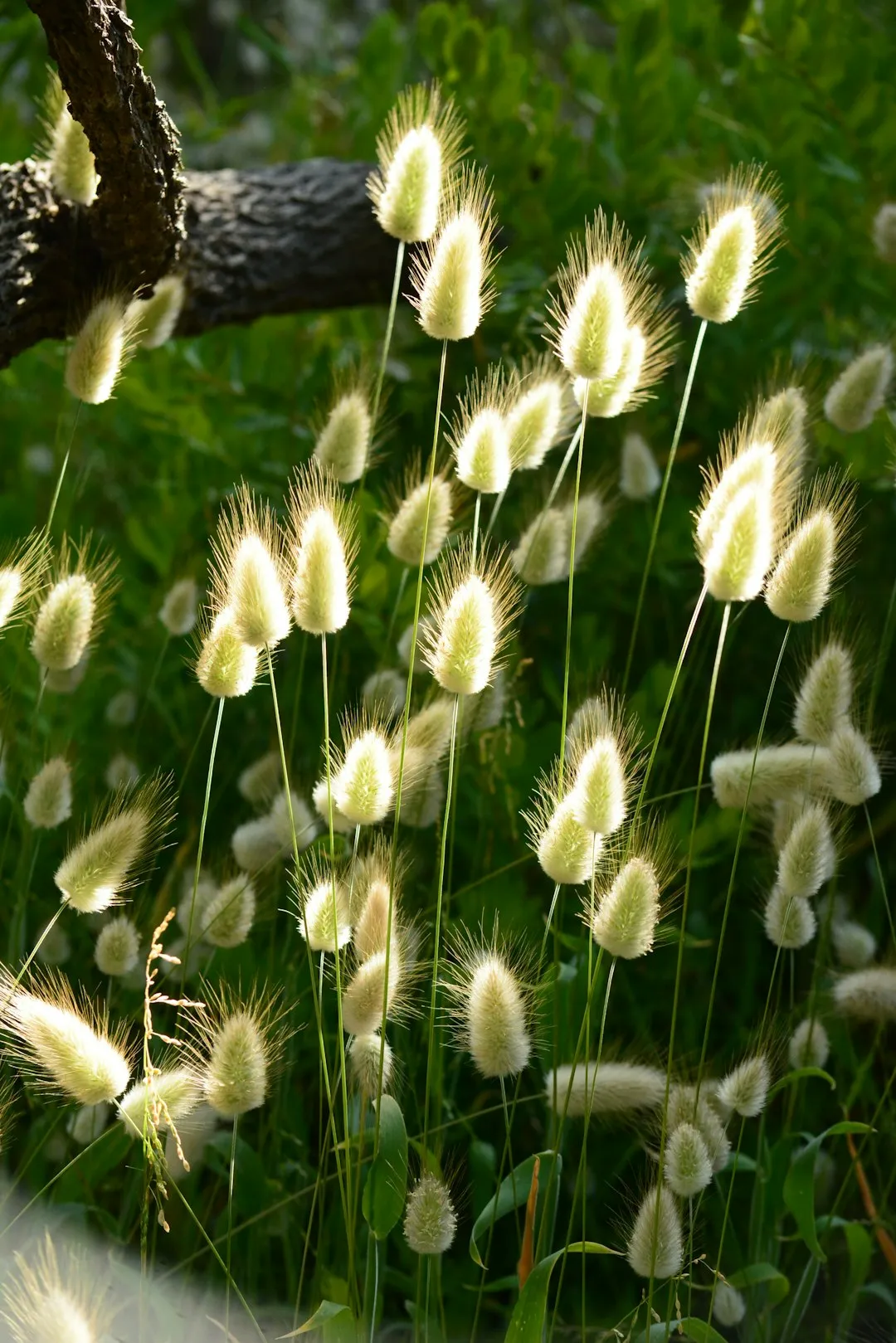Unleash the Potential of Your Indoor Greenery: The Art of Repotting

Indoor plants are more than just decorative elements; they are living beings that bring life and freshness into our homes. However, as they grow, they often outgrow their current pots, and that's when the crucial process of repotting comes into play. If your indoor plants are showing signs of needing more space to thrive, fear not! We're here to guide you through the steps of repotting a plant, ensuring it continues to flourish in its new home.
First and foremost, let's understand why repotting is so important. As plants grow, their roots expand and fill up the available space in the pot. This can lead to a phenomenon known as root - bound, where the roots become tightly packed and start to circle around the pot. When a plant is root - bound, it has difficulty absorbing water and nutrients, which can stunt its growth and even cause it to become unhealthy. Repotting provides the plant with fresh soil and more room for its roots to spread out, allowing it to access the resources it needs to grow strong and healthy.
Now, let's move on to the essential steps of repotting. The first step is to choose the right pot. When picking out a pot, there are several factors to consider. Size is crucial; you want a pot that is slightly larger than the current one. A good rule of thumb is to choose a pot that is 1 - 2 inches wider in diameter than the existing pot. This gives the roots enough room to grow without overwhelming them. Additionally, consider the style of the pot. You can find a wide variety of pots in different materials, colors, and designs. Whether you prefer a modern, minimalist look or a more rustic, traditional style, there's a pot out there that will complement your home decor and the plant itself.
Once you've selected the perfect pot, it's time to prepare the new soil. The soil you use plays a vital role in the plant's health. Different plants have different soil requirements, but in general, a well - draining potting mix is a good choice for most houseplants. You can find pre - mixed potting soils at your local garden center or make your own by combining equal parts of peat moss, perlite, and vermiculite. This mixture provides good drainage and aeration, which are essential for healthy root growth.
Before removing the plant from its current pot, water it thoroughly. This helps to loosen the soil and makes it easier to remove the plant without damaging the roots. Gently turn the pot upside down and tap the bottom to loosen the root ball. If the plant is stubborn and doesn't come out easily, you can use a small trowel or a butter knife to carefully loosen the edges of the root ball from the pot.
Once the plant is out of the pot, take a close look at the roots. If you notice any dead or damaged roots, use a pair of clean, sharp scissors or pruning shears to trim them off. This encourages new root growth and helps the plant focus its energy on healthy roots.
Place a layer of fresh soil at the bottom of the new pot. Then, carefully place the plant in the center of the pot and fill in the remaining space with soil. Make sure to leave some space at the top of the pot to allow for watering. Gently press the soil around the base of the plant to secure it in place.
After repotting, water the plant again to help settle the soil and remove any air pockets. Place the plant in a location with indirect sunlight for a few days to allow it to adjust to its new environment. Avoid fertilizing the plant for at least a month after repotting, as the fresh soil already contains enough nutrients to support the plant during this transition period.
Repotting a houseplant may seem like a daunting task, but with the right knowledge and a little bit of patience, it can be a rewarding experience. By following these steps, you can ensure that your indoor plants have the space and resources they need to grow and thrive, adding beauty and freshness to your home for years to come.